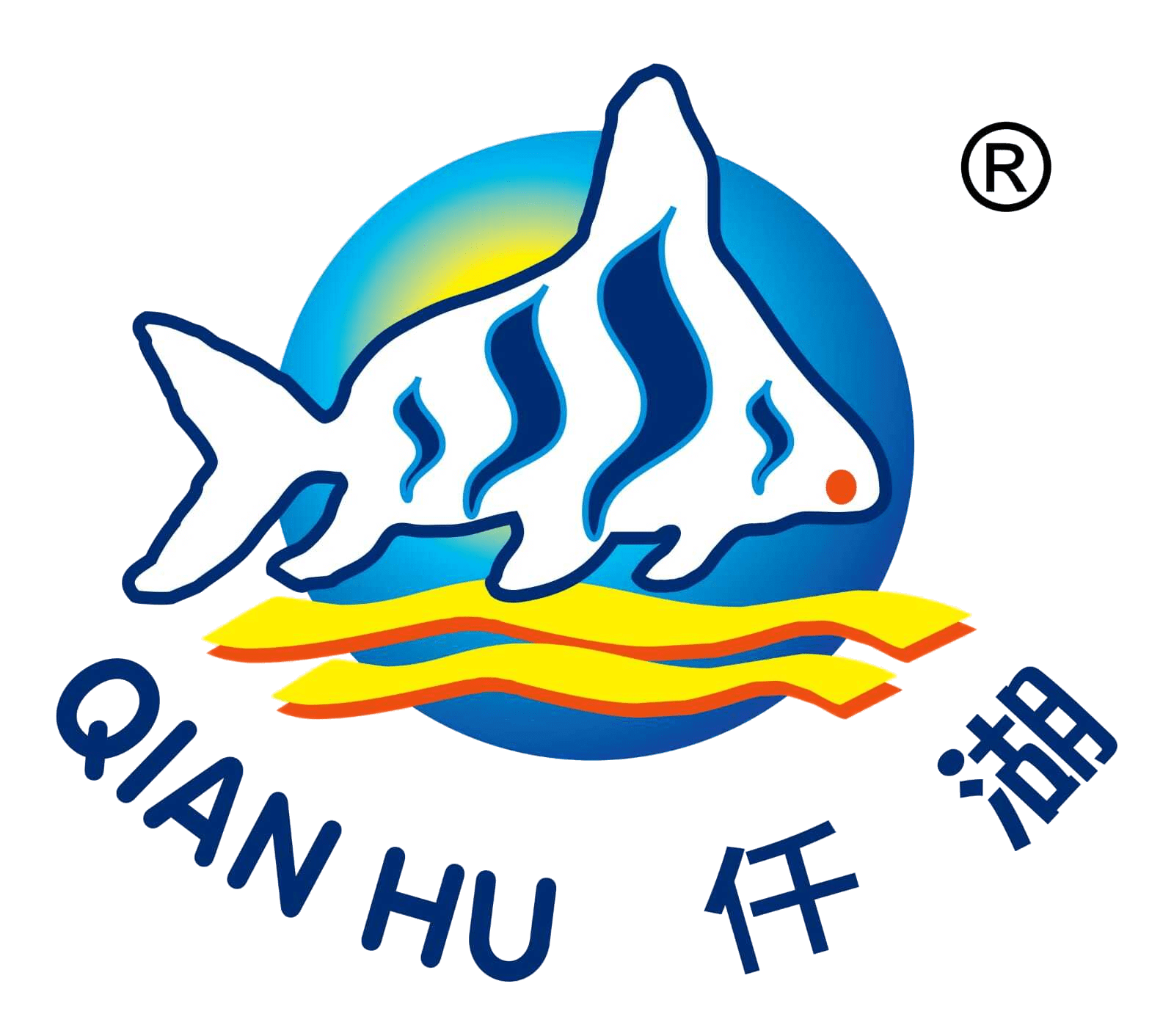November 2023 : Giant Oranda selected in stock
The Oranda is a type of goldfish characterized by its distinctive raspberry-like growth on the head, known as a wen. This wen typically covers the entire head and extends down to the sides of the face. The Giant Oranda is a variation of the Oranda goldfish that is selectively bred for a larger size compared to the regular Oranda.
Orandas are popular aquarium fish and are known for their graceful swimming behavior and attractive appearance. They come in various colors, including red, orange, black, blue, and more. The Giant Oranda, as the name suggests, is bred to be larger than standard-sized Orandas. The size and shape of the wen can also vary among individual fish.
Proper care for Giant Orandas, like other goldfish, involves providing a spacious tank with good filtration, maintaining water quality, and offering a balanced diet. Goldfish are known for producing a significant amount of waste, so regular water changes and monitoring of water parameters are essential for their well-being. Additionally, these fish are coldwater species, so they prefer cooler temperatures compared to tropical fish.
It's important to note that Giant Orandas and other goldfish can be delicate, and their care requirements may differ from those of other types of aquarium fish. If you're considering keeping a Giant Oranda or any goldfish, it's recommended to research their specific needs and be prepared to provide them with appropriate care.
Feeding Giant Orandas, like other goldfish, involves providing a balanced and nutritious diet to support their health and growth. Here are some guidelines for feeding Giant Orandas:
- High-Quality Pellets or Flakes:
- Choose a high-quality pellet or flake food specifically designed for goldfish. These foods are formulated to meet the nutritional needs of goldfish, including Giant Orandas.
- Variety in Diet:
- While pellets or flakes are the primary staple, it's essential to offer a varied diet. You can supplement their main diet with treats such as freeze-dried or frozen brine shrimp, bloodworms, and daphnia. This variety helps ensure they receive a diverse range of nutrients.
- Portion Control:
- Feed your Giant Orandas small portions multiple times a day instead of one large feeding. This approach helps prevent overeating, reduces waste, and maintains water quality in the aquarium.
- Avoid Overfeeding:
- Goldfish, including Giant Orandas, are prone to overeating, which can lead to health issues and water quality problems. Feed them an amount they can consume within a few minutes, and remove any uneaten food.
- Fresh Vegetables:
- Goldfish can benefit from the occasional offering of fresh vegetables. Blanched or boiled vegetables such as spinach, lettuce, and peas can be chopped into small, bite-sized pieces and offered as treats. This adds variety to their diet and provides essential fiber.
- Live Plants:
- If you have live plants in the aquarium, they can nibble on the softer parts of the plants. However, not all plants are suitable for goldfish, so choose goldfish-safe plants if you decide to include live plants in the tank.
- Supplements:
- Consider adding vitamin and mineral supplements to their diet occasionally, especially if you notice any signs of nutrient deficiency.
- Monitor Growth and Health:
- Keep an eye on the growth and overall health of your Giant Orandas. Adjust their diet as needed, and be attentive to any signs of illness or abnormal behavior.
Remember that the specific dietary requirements may vary among individual fish, and it's essential to observe and adjust their diet based on their health and condition. Always follow the recommended guidelines provided by the manufacturer of the fish food you choose.
Acclimating Giant Oranda or any other fish to a new environment is a crucial step to ensure their well-being and reduce stress. Here's a general guide on how to acclimate Giant Orandas to their new aquarium:
- Temperature Adjustment:
- Check and match the temperature of the water in the bag or container containing the Giant Oranda with the temperature of the water in the new aquarium. This helps prevent temperature shock.
- Floating Method:
- Float the sealed bag or container with the Giant Oranda on the surface of the aquarium water for about 15-20 minutes. This allows the temperature inside the bag to gradually adjust to the temperature of the aquarium.
- Gradual Mixing:
- Open the bag or container and add a small amount of aquarium water into it. Allow the Giant Oranda to acclimate to the new water parameters gradually. Repeat this process every 5-10 minutes.
- pH and Water Chemistry:
- If there are significant differences in pH or water chemistry between the water in the bag and the aquarium, consider adding small amounts of aquarium water to the bag over time to allow the fish to acclimate.
- Net Transfer:
- Once the Giant Oranda has been in the water for an extended period and seems acclimated, use a soft net to transfer the fish from the bag or container to the aquarium. Avoid transferring water from the bag into the aquarium.
- Observation:
- Monitor the Giant Oranda closely after introducing it to the new aquarium. Pay attention to its behavior and look for signs of stress or illness.
- Dim Lighting:
- Dim the lights in the aquarium for the first few hours or even the first day. This helps reduce stress for the newly introduced fish.
- Quarantine Tank:
- If possible, consider using a quarantine tank for new arrivals. This allows you to observe the Giant Oranda in a controlled environment before introducing it to the main aquarium.
Remember, the key to successful acclimation is to make the transition gradual, minimizing stress on the fish. Additionally, it's a good practice to quarantine new fish to prevent the introduction of diseases into the established aquarium. Always follow any specific guidelines provided by the seller or breeder when acclimating Giant Orandas or any other




